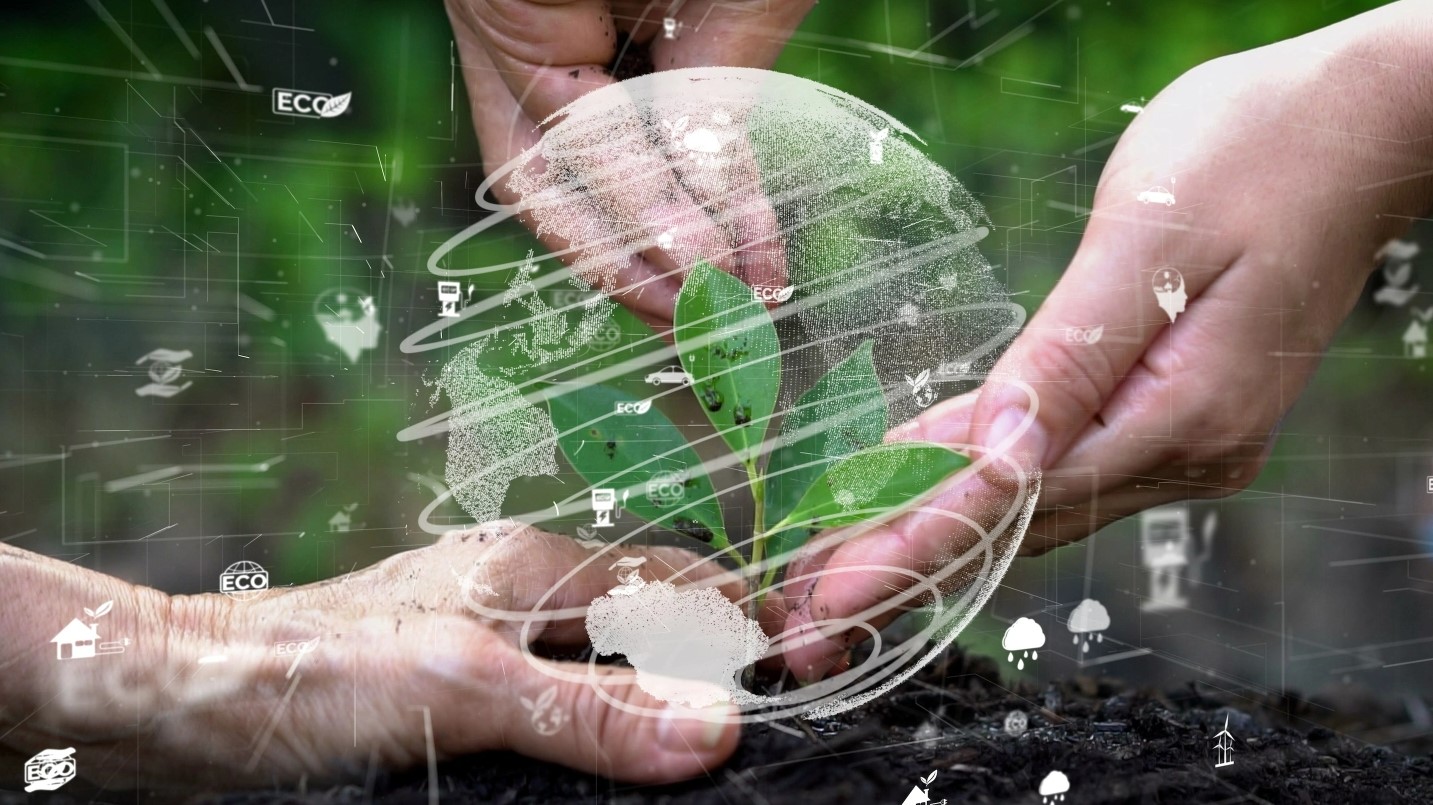Every day, people throughout your organization make decisions—possibly hundreds of them—that either increase or decrease its sustainability. Which supplier should we choose? Do we procure green glass or clear glass for our product? Should we host the conference in London or New York?
Copyright: fortune.com – “The power of A.I. to help mitigate and manage climate change”
 Just as artificial intelligence has improved the decisions organizations make to optimize financial performance, improve processes, meet customer needs, and more, it will be critical in helping them reach their climate goals. In fact, because it can gather, complete, and interpret large, complex datasets on emissions and climate impact, A.I. is fundamentally important in helping to manage the full range of climate-related issues.
Just as artificial intelligence has improved the decisions organizations make to optimize financial performance, improve processes, meet customer needs, and more, it will be critical in helping them reach their climate goals. In fact, because it can gather, complete, and interpret large, complex datasets on emissions and climate impact, A.I. is fundamentally important in helping to manage the full range of climate-related issues.
BCG recently conducted a global survey of 1,000 leaders in A.I. and climate that tells us more about that potential—as well as the barriers getting in the way. We found that 87% of respondents feel that advanced analytics and A.I., or simply “A.I.,” is a helpful tool in the fight against climate change today, but only 43% say that they have a vision for using A.I. in their own climate change efforts.

Approximately 87% of respondents to a BCG survey found A.I. is a helpful tool in the fight against climate change. COURTESY OF BOSTON CONSULTING GROUP
They see the greatest business value for AI in the reduction and measurement of emissions. In fact, there are many diverse ways in which global leaders can use A.I. to achieve their goals:
Thank you for reading this post, don't forget to subscribe to our AI NAVIGATOR!
Mitigation. A.I. can help measure emissions at the macro and micro levels, reduce the effects of emissions, and remove existing emissions from the atmosphere. In our work, we’ve found that A.I. can help reduce GHG emissions equal to 5% to 10% of an organization’s carbon footprint, or 2.6 to 5.3 gigatons of CO2e if scaled globally.
There are some exciting examples of technology already doing this work. Climate TRACE (Tracking Real-Time Atmospheric Carbon Emissions), a coalition backed by Al Gore, uses satellite imagery and A.I. to measure emissions. Blue Sky Analytics, a member of Climate TRACE, can estimates emissions specifically from fires. And Pachama uses satellite imagery and A.I. to measure and monitor the carbon stored in forests over time, identifying high-quality carbon credits.[…]
Read more www.fortune.com


Every day, people throughout your organization make decisions—possibly hundreds of them—that either increase or decrease its sustainability. Which supplier should we choose? Do we procure green glass or clear glass for our product? Should we host the conference in London or New York?
Copyright: fortune.com – “The power of A.I. to help mitigate and manage climate change”
BCG recently conducted a global survey of 1,000 leaders in A.I. and climate that tells us more about that potential—as well as the barriers getting in the way. We found that 87% of respondents feel that advanced analytics and A.I., or simply “A.I.,” is a helpful tool in the fight against climate change today, but only 43% say that they have a vision for using A.I. in their own climate change efforts.
Approximately 87% of respondents to a BCG survey found A.I. is a helpful tool in the fight against climate change. COURTESY OF BOSTON CONSULTING GROUP
They see the greatest business value for AI in the reduction and measurement of emissions. In fact, there are many diverse ways in which global leaders can use A.I. to achieve their goals:
Thank you for reading this post, don't forget to subscribe to our AI NAVIGATOR!
Mitigation. A.I. can help measure emissions at the macro and micro levels, reduce the effects of emissions, and remove existing emissions from the atmosphere. In our work, we’ve found that A.I. can help reduce GHG emissions equal to 5% to 10% of an organization’s carbon footprint, or 2.6 to 5.3 gigatons of CO2e if scaled globally.
There are some exciting examples of technology already doing this work. Climate TRACE (Tracking Real-Time Atmospheric Carbon Emissions), a coalition backed by Al Gore, uses satellite imagery and A.I. to measure emissions. Blue Sky Analytics, a member of Climate TRACE, can estimates emissions specifically from fires. And Pachama uses satellite imagery and A.I. to measure and monitor the carbon stored in forests over time, identifying high-quality carbon credits.[…]
Read more www.fortune.com
Share this: